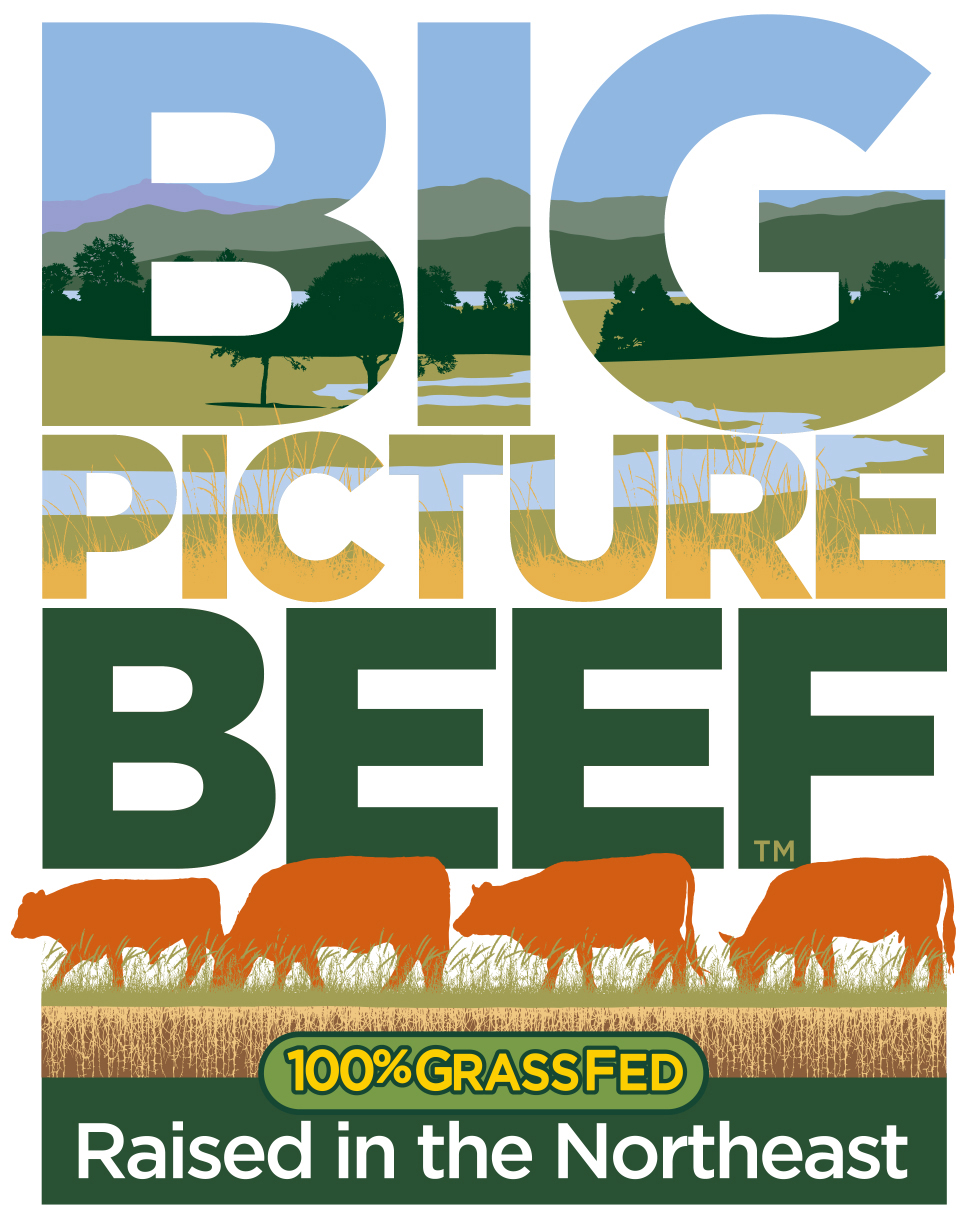The True Cost of Cheap Food
By Ridge Shinn and Lynne Pledger, Big Picture Beef
Do you consider yourself a careful shopper? Perhaps you read ingredient labels. Maybe you look for good value too.
But “good value” is where it gets tricky. With so much inexpensive food available in the US, we spend relatively little at the grocery store, but pay later in ways we may not have considered. These hidden costs, called "externalities," are the costs to our environment, our health, and our society. We pay these costs through our tax dollars, medical bills, insurance, and decreased quality of life.
Much of our food is inexpensive because of farming practices that offer high volume production in the short term, but have damaging long-term consequences. Harmful methods of industrial farming include - but are not limited to - monoculture; applications of herbicides, pesticides, and chemical fertilizers; and the use of CAFOs (Confined Animal Feeding Operations). These practices are supported by our taxes through various subsidies, incentives, and USDA (United States Department of Agriculture) guidance for farmers and consumers.
“Grass-fed beef production is not simply ‘less bad’ than feedlot beef; it offers proven benefits for the land, the farmers, the people who eat the meat, and the climate.”
Imagine the real costs of just the three problems described below, all of which are linked to conventional agricultural methods:
Farmland that was once fertile is now so poisoned by herbicides and so devoid of organic matter that crop production depends on heavy inputs of chemical fertilizer.
Soil run-off into the Mississippi River from corn and soy production has created a “dead zone” in the Gulf of Mexico about the size of Lake Erie.
Fattening cattle in corn-based feedlots (instead of pasture) contributes to global warming in two major ways: (1) carbon dioxide emitted by corn-production practices and (2) methane emitted from the corn-fed cattle.
This aerial photo shows a portion of a feedlot, with cattle pans to the left and a manure lagoon to the right. Roadways are in gray. Not a blade of grass in sight.
These well-documented problems, among others, undermine public health as well as the environment. Peer-reviewed studies detail how our health is threatened by all these factors: chemical inputs to farmland; antibiotics and other drugs given to livestock; and “empty calories”- that is, food lacking nutritional benefits because of production methods. Though controversies continue to swirl around what constitutes the best diet, one thing is certain: health in the US is below that of other industrialized countries in a number of measures, including prevalence of disease, obesity, and infant mortality. One indication of the real cost of this health degradation is the fact that people in the US on average spend nearly 18 cents of every dollar on health care services, but only 9-12 cents on groceries.
At a recent conference on the real cost of cheap food, Patrick Holden, Founder and Chief Executive of the Sustainable Food Trust made this correlation between production profit and the quality of food:
“...the most profitable forms of food production remain those which are most damaging to the environment and public health. Conversely, food products from farming systems which are far more sustainable in the long run and provide multiple benefits to people and the planet, are at present the most expensive, and for many people unaffordable.” http://sustainablefoodtrust.org/wp-content/uploads/2013/04/TCAF-report.pdf
Regarding beef, it is certainly true that the easiest, least expensive way to raise beef cattle is on corn in feedlots, where the animals are routinely dosed with antibiotics. In contrast, while 100% grass-fed beef does cost more at checkout, the production methodology (a rotational, multi-paddock grazing system with no grain, hormones, or antibiotics), is a remedy for multiple health and environmental problems caused by conventional agriculture. Grass-fed beef production is not simply “less bad” than feedlot beef; it offers proven benefits for the land, the farmers, the people who eat the meat, and the climate.
But for the moment let’s put aside the health and environmental savings that result from 100% grass-fed beef production, and look at the out-of-pocket cost to the store customer. Compare the cost of 100% grass-fed beef to other foods that are purchased routinely and considered inexpensive. For example, ounce-for-ounce, grass-fed beef cost the same as many breakfast cereals and far less than the price of a candy bar.
Grass-fed beef will undoubtedly be less expensive in the stores when larger numbers of people buy it and farmers can benefit from producing in greater volume. Remember Wendell Berry’s assertion: “Eating is an agricultural act.”
Healthy food, sustainably produced, just might be the bargain you’ve been seeking - for you and for the planet.
Ridge Shinn is the CEO of Big Picture Beef. Lynne Pledger is the Communications Director.


